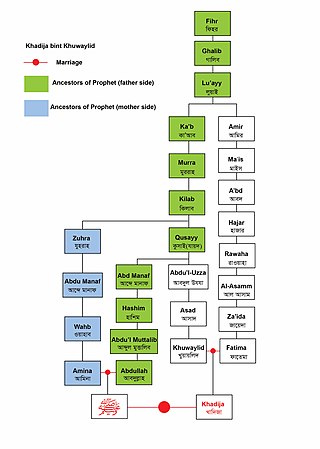Islamic primary sources
The event is also mentioned by the Muslim Scholar Ibn Sa'd in his book "Kitab al-tabaqat al-kabir", as follows:
THE SARIYYAH OF 'ALl IBN ABl TALIB TO DEMOLISH AL-FULS, THE IDOL OF TAYY
Then (occurred) the sariyyah of 'Ali lbn Abi Talib, may Allah be pleased with him, towards al-Fuls, the idol of the Tayy, to demolish it, in the month of Rabi' al-Awwal the ninth year, from the hijrah of the Apostle of Allah, may Allah bless him.
They (narrators) said: The Apostle of Allah, may Allah bless him, sent 'Ali ibn Abi Talib with one hundred camels and fifty horses, with a black banner and a white flag with him to demolish al-Fuls.
They launched a surprise attack early in the Morning on the quarter of the family of Hatim. They demolished al-Fuls and destroyed it. They filled, their hands with (took many) captives, camels and goats. Among the captives was the sister of 'Adi Ibn Hatim who had fled to Syria. In the treasure of al- Fuls, were found three swords – Rasub, al-Mikhdham and a sword known as al-Yamani – as well as three coats of mail. The Apostle of Allah, may Allah bless him, appointed Aba Qatadadh, the custodian of the captives. He appointed 'Abd Allah lbn Atik custodian of cattle and property.
[Kitab al-tabaqat al-kabir, by Ibn Sa'd, Volume 2, p. 202] [9]
Ibn Sa'd also explains the aftermath of this event, and Adi ibn Hatim's conversion to Islam, he wrote:
'Adi Ibn Hatim escaped from the cavalry of the Prophet, may Allah bless him, and he reached Syria. He was a Christian and used to go with his people to al-Mirba'. Hatim's daughter was lodged in an enclosure near the door of mosque. She was beautiful and sweet-tongued. The Apostle of Allaah, may Allah bless him, passed (by her); she stood and said : The father has expired and the deputationist (brother) has disappeared, oblige me and Allah will be benevolent to you. He said: Who is your deputationist ? She said : 'Adi Ibn Hatim. He said : He is running away from Allah and from His Apostle. In the meantime a deputation of the Quda'ah arrived from Syria.
She continued : The Prophet clothed me, gave me money and provided a beast, for me. I set out with them and approached 'Adi in Syria. I said to him : You have severed a uterine relationship, set out with your wife and children leaving the remaining children of your father behind. She lived there for several days and said to him : I feel you should join the Apostle of Allah. Thereupon 'Adi set out and came to the Apostle of Allah (may Allah bless him), and greeted him. He was in the mosque, and he said : Who is the man ? He said : 'Adi Ibn Hatim. He took him to his home, and placed a cushion stuffed with palm fibres, and said to him : Sit on it. The Apostle of Allah, may Allah bless him, sat on the earth and offered Islam to him. Adi embraced Islam and the Apostle of Allah appointed him the collector of sadaqat of his people.
[Kitab al-tabaqat al-kabir, by Ibn Sa'd, Volume 2, p. 380] [7]
The Muslim scholar, Saifur Rahman al Mubarakpuri, referenced a Hadith from Musnad Ahmad ibn Hanbal (a Hadith collection) in his biography of Muhammad the "Sealed Nectar". The contents of the Hadith were as follows:
The Prophet said: "'Adi, embrace Islam and you shall be secure." "But I am a man of religion." Said 'Adi. "I know your religion better than you." Said the Prophet. "Do you know my religion better than me?" 'Adi asked. The Prophet replied, "Yes". He said: "Are you not cast in disbelief because you appropriate to yourself the fourth of your people’s gains?" "Yes". Said 'Adi. "It is unlawful in your religion to do such a thing." The Prophet said, and ‘'Adi added: "He did not need to say it again for I immediately acquiesced it." [Musnad Imam Ahmad] [10]




